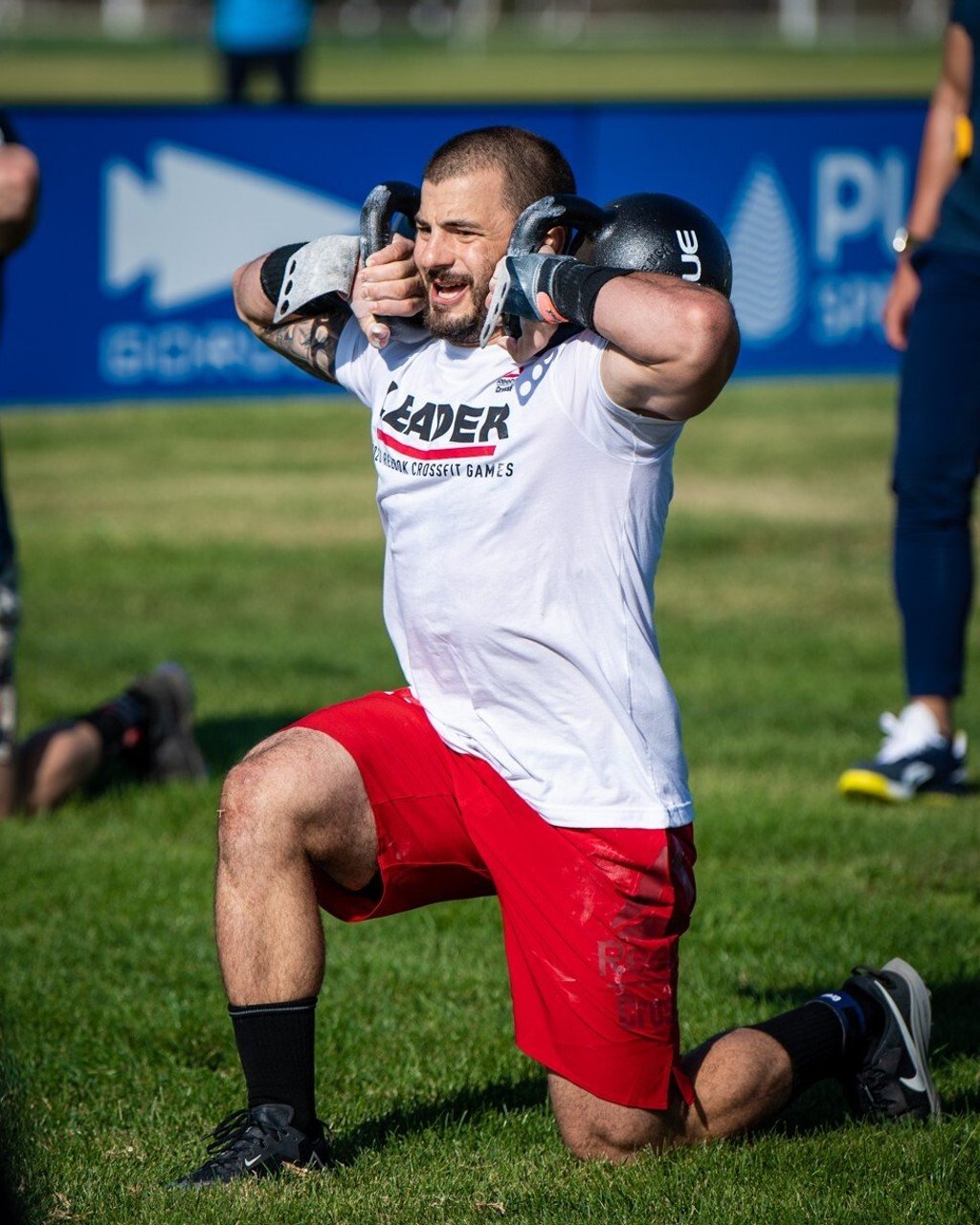Advertisement
Opinion | CrossFit Games 2020: Mat Fraser raises the bar to level others can only dream of
- With the win, he passes Rich Froning and has shown the world of CrossFit an unprecedented level of athleticism and grit
- Not only has Fraser won five titles, he’s become more dominant over the years as the wins have piled up
Reading Time:3 minutes
Why you can trust SCMP

Everyone likes to win, but this is different. Mat Fraser decimated the rest of the competitive fitness landscape at the 2020 CrossFit Games and set a standard beyond anything we’ve seen before in the sport.
When Fraser first won the Games in 2016 he opened the weekend with an event win (ironically enough it was the Ranch Trail Run), but that would be the only event win for him on his way to securing his first title of “Fittest on Earth.” Notably, he finished second seven times that weekend.
The topic came up in interviews regularly that year and right away you could tell it did not sit well with the newly crowned champion. His mindset seemed to be that winning the Games alone was not enough, but that event wins were meaningful, too.
Advertisement
In the years since he’s done considerably better in the event win department. In 2017 he claimed four events, in 2018 he only won two, then last year, in a new format, he took six events and was breathing down the neck of Rich Froning for the most event wins in history.

Advertisement
Considering both parts of the 2020 CrossFit Games, Fraser won 14 of 19 total events: four out of seven in stage one; and 10 out of 12 in stage two.
Winning events at that rate is unheard of, but if you haven’t been watching closely you might miss the most impressive elements of the streak he put together this year. In an interview leading up to the Games, he said “just because you’re bad at something one year, doesn’t mean you’ll be bad at it next year.” He was alluding to the mindset many people, analysts included, usually take in this sport, which is to assign athletes’ weaknesses.
Advertisement
Select Voice
Choose your listening speed
Get through articles 2x faster
1.25x
250 WPM
Slow
Average
Fast
1.25x
